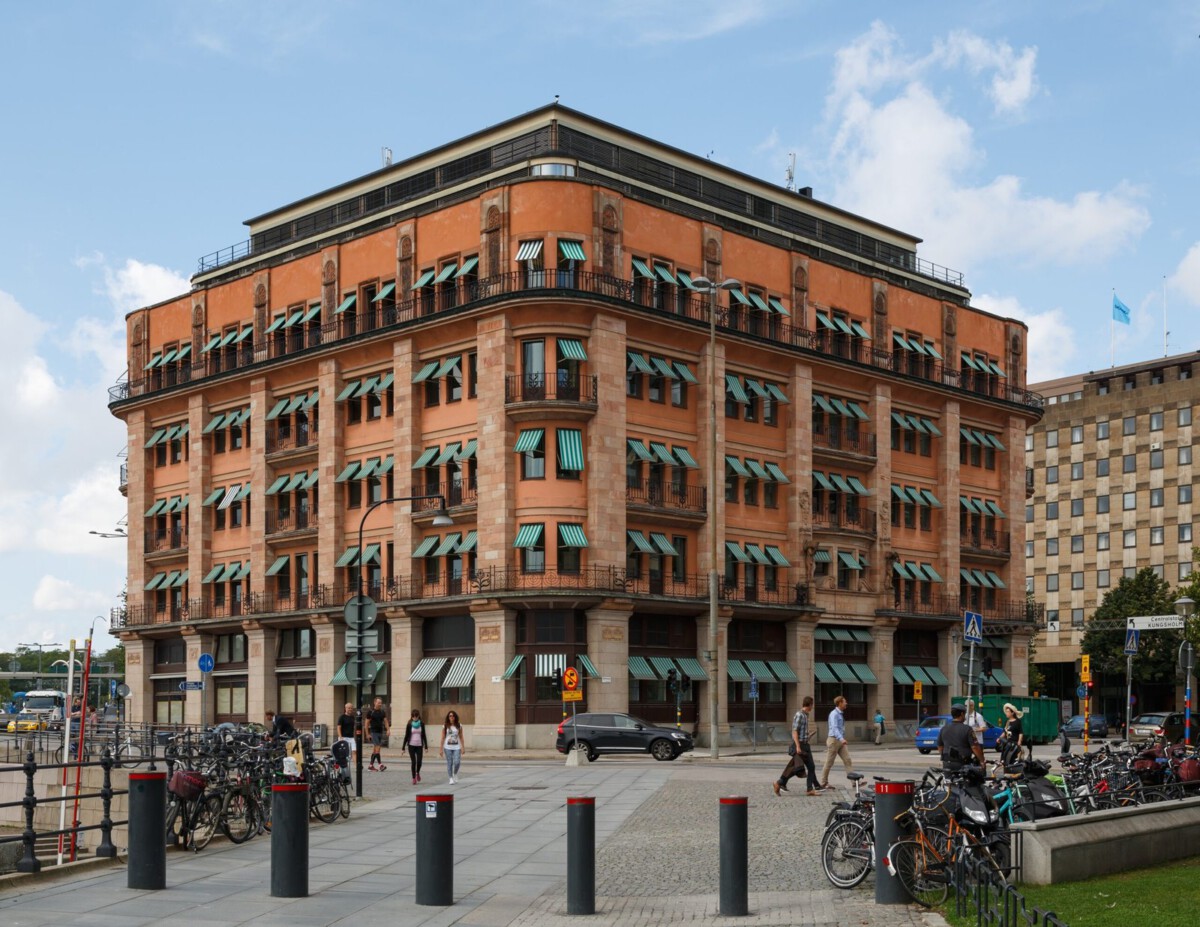India: A Struggle with Pollution

India is grappling with a pollution crisis that has become impossible to ignore. The World Air Quality Report 2023 paints a stark picture—22 of the 30 most polluted cities worldwide are in India, with Delhi often holding the dubious honor of being the dirtiest. The city’s average PM2.5 concentration is a staggering 126.5 µg/m³, which is more than twelve times the World Health Organization’s safe limit. This toxic air is a result of relentless vehicular emissions, unchecked industrial discharge, and the seasonal burning of crops in nearby states. The human cost is heartbreaking: The Lancet’s findings from 2020 reveal that air pollution contributed to over 1.2 million premature deaths in India. While the government has implemented the Graded Response Action Plan to mitigate smog and pollution, enforcement remains patchy and progress slow. Residents of major cities are increasingly forced to wear masks year-round, and hospitals report rising cases of asthma and respiratory illnesses, highlighting the urgency of the crisis.
Bangladesh: The Challenge of Waste Management

Bangladesh, particularly its capital Dhaka, faces an overwhelming waste management challenge that threatens public health daily. Reports from the World Bank in 2023 indicate that Bangladesh produces around 22,000 tons of waste each day, yet less than half is properly managed or disposed of. The result is city streets and waterways choked with garbage, creating breeding grounds for mosquitoes and rodents. Disease outbreaks, including cholera and dengue, spike with every rainy season, straining local hospitals and clinics. Urbanization and population growth have outpaced efforts to improve the situation, despite several government programs targeting waste collection and recycling. In 2024, Dhaka North City Corporation initiated a project to bolster waste segregation and recycling, but many neighborhoods still lack basic waste bins. Public awareness campaigns struggle to keep up with the scale of the problem, and landfill sites near the city are overflowing, exposing nearby communities to hazardous conditions.
Nigeria: Water and Sanitation Crisis

Nigeria is in the grip of a severe water and sanitation emergency affecting millions. Recent data from the World Health Organization (2023) reveals that about 60 million Nigerians do not have access to safe drinking water, a crisis that fuels recurrent outbreaks of cholera and typhoid. In Lagos, Nigeria’s largest city, sanitation infrastructure is woefully inadequate, forcing a significant portion of residents to rely on open defecation or poorly maintained public toilets. The government has made public commitments to overhaul water infrastructure, including the introduction of the National Water Resources Bill in 2024, but progress is hampered by corruption and mismanagement. Many rural communities still fetch water from contaminated rivers and wells, putting children and the elderly at the highest risk. Aid organizations report that improved water sanitation could prevent thousands of deaths each year, but without significant investment and stronger governance, the situation remains dire.
Finland: A Model of Cleanliness

Finland stands out as a beacon of cleanliness and environmental responsibility. The latest statistics from 2023 show that the country recycles 43% of its waste, and cities like Helsinki have advanced systems that ensure more than 90% of waste is either recycled or composted. Air quality is exceptional, with average PM2.5 levels at just 6.5 µg/m³, making Finnish cities among the healthiest in the world. The government invests heavily in promoting green technologies, encouraging everything from electric vehicle adoption to low-emission public transport. Finnish culture places a strong emphasis on personal and communal responsibility for the environment, as reflected in regular citywide clean-up days and rigorous environmental education in schools. Sustainable urban planning is central to Finnish policy, with green spaces and efficient public transport networks integrated into city design. These practices have earned Finland repeated recognition as a global leader in environmental stewardship.
Sweden: Leading in Environmental Innovation

Sweden is often praised for its groundbreaking environmental solutions, with a waste management system that is the envy of many. According to the Swedish Environmental Protection Agency, the nation recycles or recovers energy from nearly 99% of its waste, sending a mere 1% to landfills. In 2024, Sweden made headlines as the world’s first carbon-neutral economy, a milestone achieved through massive investments in wind and solar power. Government incentives make it easier for households and businesses to adopt sustainable practices, from solar panel installations to electric vehicle subsidies. Swedish cities are dotted with recycling stations and compost bins, making it simple for residents to participate in environmental efforts. The country’s commitment to innovation is matched by a strong public awareness of climate issues, fostered by education and transparent reporting. These combined efforts have made Sweden a model for tackling environmental challenges head-on.
New Zealand: Pristine Natural Environment

New Zealand is renowned for its breathtaking scenery, but the country’s commitment to environmental protection goes much deeper than appearances. The Ministry for the Environment reports that New Zealand’s air quality ranks among the world’s best, with PM2.5 levels averaging just 7.5 µg/m³. More than 30% of the country’s land is set aside as protected areas, including national parks and wildlife reserves. In 2024, the government launched an ambitious plan to cut single-use plastics by 75% before 2025, targeting everything from packaging to consumer goods. Strict regulations limit agricultural pollution and industrial emissions, while conservation programs focus on restoring native habitats and endangered species. Environmental education is a core part of the school curriculum, and public support for sustainability initiatives is high. Tourism policies now emphasize eco-friendly practices, ensuring that New Zealand’s natural beauty remains unspoiled for future generations.
Japan: A Culture of Cleanliness

Japan’s reputation for cleanliness is deeply rooted in its culture and daily life. According to the Ministry of the Environment’s 2023 data, the country boasts a recycling rate exceeding 50%, with strict rules on waste separation and collection. Japanese cities, particularly Tokyo, are known for their spotless streets, a testament to the collective effort of residents who regularly participate in neighborhood cleaning activities. Schools instill a sense of environmental responsibility from a young age, and public campaigns frequently promote sustainable behaviors. The government has strengthened regulations to reduce plastic waste, introducing new guidelines in 2024 that restrict single-use plastics in retail and hospitality sectors. Innovative waste-to-energy plants turn garbage into electricity, reducing landfill use and greenhouse gas emissions. As a result, Japan is often cited as a model of urban cleanliness and efficient waste management worldwide.
Canada: Commitment to Sustainability

Canada’s vast wilderness and abundant natural resources have long inspired a national commitment to sustainability. The government’s goal of reducing greenhouse gas emissions by 40–45% by 2030 (from 2005 levels) is driving substantial policy changes, including stricter emissions standards and expanded green infrastructure. Environment and Climate Change Canada reports that urban air quality continues to improve, with average PM2.5 levels at 7.2 µg/m³ in 2023. Vancouver and other Canadian cities lead in sustainable urban design, featuring extensive cycling paths, green roofs, and efficient public transportation. A 2024 initiative aims to protect biodiversity by expanding protected areas and restoring critical habitats. Water quality remains a top priority, with new regulations introduced to safeguard lakes and rivers from industrial pollutants. These combined efforts reflect Canada’s determination to balance economic growth with environmental stewardship.
Norway: A Leader in Renewable Energy

Norway’s commitment to renewable energy is unmatched, with over 98% of its electricity coming from hydropower, according to the Norwegian Environment Agency. The government’s climate strategy calls for a 55% reduction in carbon emissions by 2030, a target supported by aggressive investments in green infrastructure. Electric vehicles now account for more than 80% of new car sales, thanks to generous subsidies and a well-developed charging network. Urban planning prioritizes green spaces and high-quality public transportation, making cities like Oslo models for sustainable living. In 2023, Norway rolled out a new climate action plan focusing on energy efficiency and low-emission transport. The country’s per capita carbon footprint is among the lowest globally, reflecting both policy leadership and public engagement. Efforts to protect forests and marine environments further cement Norway’s reputation as a sustainability pioneer.
Switzerland: A Benchmark for Cleanliness

Switzerland’s reputation for cleanliness and environmental quality is built on rigorous standards and community involvement. The Swiss Federal Office for the Environment reported a recycling rate above 50% in 2023, with advanced systems ensuring efficient waste collection and sorting. Zurich and other Swiss cities are celebrated for their clean public spaces, supported by strict littering laws and frequent cleaning operations. Public transportation is both popular and efficient, reducing dependence on private vehicles and lowering urban air pollution. In 2024, Switzerland launched a campaign for sustainable tourism, encouraging visitors to respect local environments while supporting green businesses. Water quality is among the best in Europe, with regular monitoring of lakes and rivers to prevent contamination. These measures have established Switzerland as a global benchmark for urban cleanliness and environmental responsibility.






